The native names of Canada
| Title | Coming Home to Indigenous Place Names in Canada [excerpt] |
| Creator | Margaret W. Pearce |
| Year | 2017 |
| Dimensions | 84 × 107 cm |
| Location | Leventhal Map & Education Center at the Boston Public Library |
When European settlers began violently pushing into North America, covering the continent with their own political territories, cities, and ways of life, they dropped place names onto their maps, an act of nominative power that made cartography a crucial instrument of displacement and dispossession (). In an irony deeply tinged with colonial racism, Europeans often borrowed place names from the same native groups against whom they were committing a genocide, sometimes retaining a degree of their original meaning, but more often twisting the pronunciation and connotation of these words into languages like English, French, Dutch, and Spanish.
In this map, the cartographer Margaret Pearce, herself a member of the Citizen Potawatomi Nation, has shown how naming is a political act by working with several hundred people from indigenous communities across Canada to create a map of place names whose legitimacy is rooted in the cultural authority of these tribal nations. Each of these names is associated with a set of permissions: the names are treated seriously as intellectual property.
Bibliography
- Pearce 2004
- Margaret Pearce, “Encroachment by Word, Axis, and Tree: Mapping Techniques from the Colonization of New England,” Cartographic Perspectives 48 (2004): 24–38. doi:10.14714/CP48.457
